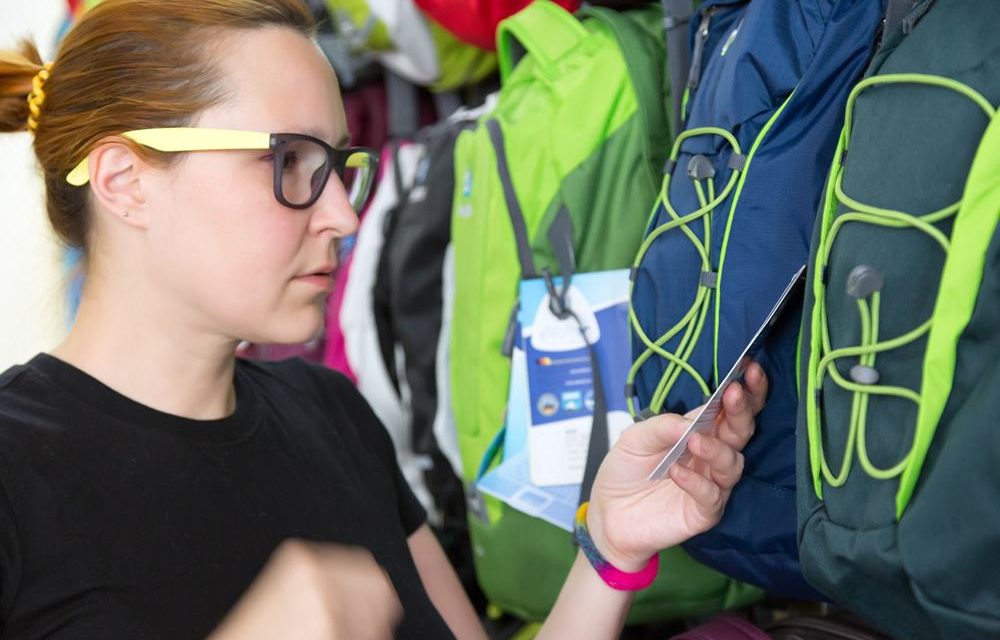Hiking backpacks are a necessity for camping or trekking. They are different from the standard backpacks that you use for school or recreational activities. These packs are sturdier and offer a number of features that a normal backpack does not have.
There are plenty of hiking backpacks available in the market today. In fact there are so many, it can be overwhelming once faced with practically over a hundred options.
This short guide will help you choose a proper pack that will suit your preferences. It will include all the factors that you need in order to score one that fits you just right and as soon as you understand how these factors and features work out, buying one for yourself will be a simple undertaking.
Majority of outdoor backpacks are sold in sporting shops and camping utilities stores but there are also as many packs being sold online.
Hiking Backpacks Information
Packs used for hiking purposes are more complicated as compared with your regular school backpacks. On the one hand we have the daypack, which might be employed for morning and afternoon hikes or any hike that will only a few hours. Daypacks are smaller than regular hiking packs and they are often designed like a school backpack.
Those designed for longer hikes, such as the external and internal frame packs, come in a wide variety of sizes since they are built to hold additional weight. Those extra weight conditions make utilizing frames a necessity. Backpacks designed with external frames include a frame that is positioned outside of the pack while internal ones feature a frame that is concealed within the pack.
Backpacks with external frame are more affordable as compared with the internal kind and they suit areas with warmer climes and hikes held on even trails. Internal packs fit closely against the wearer’s body and they usually carry the loads better in areas with colder climate and alpine tracks. These packs are made of polyester which is mixed with some other material while the frames are either made of plastic or aluminum.
A number of packs feature waterproof coating for added protection but models with this kind of feature are a bit higher-priced thus some frugal hikers often resort to covering their packs with a sizable plastic sheet.
A cool hiking backpack should fit steadily on the back of the wearer. The pack should lie between the wearer’s shoulder blades and not drop down lower than the waist. Adult-size models often come in lengths between 45.7-50.8 centimeters. Hiking backpacks for young adults meanwhile are sold in varying lengths from 35.5-48.2 centimeters.
In order to determine the length of a pack, the users must measure their own backs beginning from the base of the neck down to the top of the waist. Majority of these packs include a hip belt and adjustable shoulder straps.
The hip belt is sported lower than the waist and it assists in balancing the backpack load. Try to find models with hip belts and padded straps since they will provide more comfort as compared with regular ones.
A cool hiking backpack has a proper capacity, the capacity being the amount of room available within the pack. It is obvious that hikers who go out just for a few hours of hiking will make use of a pack with a smaller size or capacity.
But for most hikers the capacity dimensions provided in liters or cubic inches are practically useless, most specifically for entry-level hikers. In any case, it is a bit tricky to deduce the amount of gear that a 55-liter backpack can contain compared to a 70-liter backpack.
In addition, hiking experts have suggested that backpacks with a smaller capacity are better. Nevertheless, hikers must not take capacity for granted on top of needed gear or equipment. You are only trekking for a few hours so why go for a backpack that can accommodate stuff required for days of hiking? Choose one that will fit not only your needs but also the terrain and your hiking plans.












